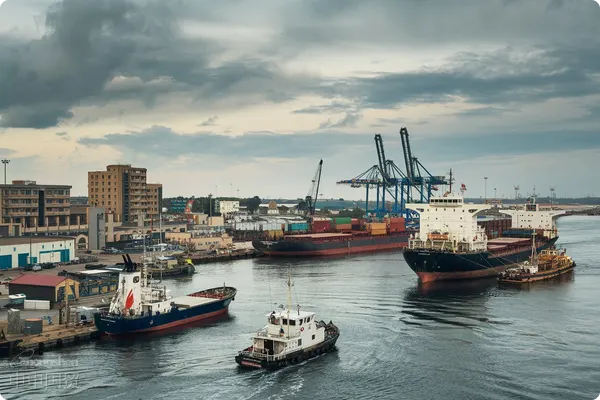- Shanghai Zhongshen International Trade Co., Ltd. - Two decades of trade agency expertise.
- Service Hotline: 139 1787 2118

EquipmentImport RepresentationThe true face of service fees
After the 2025 Cross-Border Trade Service Fee Transparency Convention takes effect, the value of professional agency services becomes increasingly prominent. Through analysis of the latest General Administration of Customs filing data, we found that in industrialEquipment ImportsAgency service fees account for approximately 8%-15% of total costs, but hidden cost control directly affects over 20% of final expenditures.
Core components of service fees
Standard agency company fee structures typically include basic service fees (1.2%-2.5% of FOB value) and flexible value-added fees:
- Basic Service Package
- HS code classification service (error rate <0.5%)
- Triple verification system for tariff pre-calculation
- Automatic license processing for electromechanical products
- Value-added Service Items
- Special packaging quarantine treatment fees (wooden packaging IPPC certification)
- Technical document translation and notarization (CE/UL certification adaptation)
- Demurrage risk guarantee service (port free storage period extension)
Five major hidden cost influencing factors
According to 2025 customs audit priorities, the following factors directly affect service fee fluctuations:
- Classification dispute resolution costs: Precision instrument component classification differences may result in 3%-5% tariff discrepancies
- It is recommended to verify through the following methods:Optimization: Under RCEP framework, 8%-12% tariff costs can be saved
- Response to technical barriers: EU new machinery directive MDR certification adaptation services
- Logistics connection exceptions: Oversized equipment port storage fees USD120-300 per day
- Exchange rate locking service: 3-month forwardFX Settlement AgencyCan avoid 2%-4% exchange rate losses
Practical cost control strategies
A semiconductor equipment import case shows:
- Through precise HS code classification, avoided 12% tariff overpayment
- Utilized free trade agreement rules of origin to save 9.8% in tariffs
- Professional packaging solutions reduced quarantine treatment fees by 42%
- Exchange rate risk management recovered 3.2% exchange losses
Ultimately achieved 18.7% reduction in total import costs, saving 23 working days compared to self-clearance.
New trends in agency services for 2025
With AEO advanced certification enterprises exceeding 5000, the core value of professional agencies shifts to:
- Customs pre-ruling applications (results in 3 working days)
- Technical trade measures alerts (covering 83 countries access requirements)
- Dutiable value planning (transfer pricing compliance adjustments)
Choosing licensed agency service providers can control customs clearance exception rates below 2%, significantly better than the industry average of 8%.
Related Recommendations
Contact Form
? 2025. All Rights Reserved. Shanghai ICP No. 2023007705-2  PSB Record: Shanghai No.31011502009912
PSB Record: Shanghai No.31011502009912










